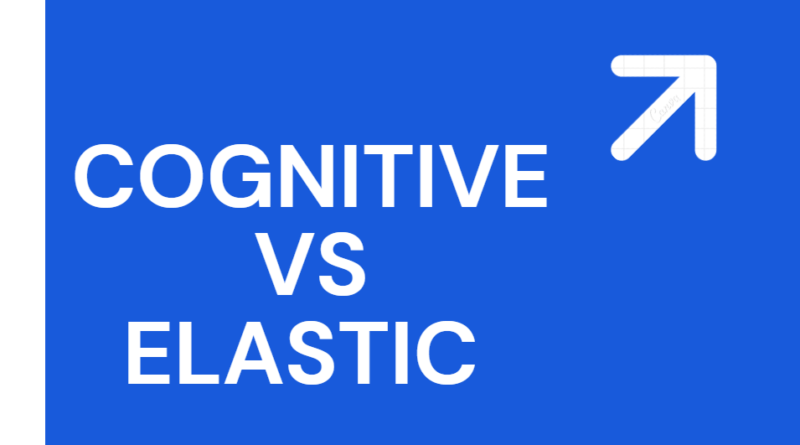Cognitive search Vs Elastic Search
Cognitive Search
Cognitive search is an emerging technology that combines artificial intelligence (AI) and machine learning (ML) techniques with natural language processing (NLP) to provide a more intelligent and personalized search experience.
Unlike traditional keyword-based search, cognitive search uses advanced algorithms to analyze and understand the meaning and context of the query and the content being searched, allowing it to deliver more relevant results that are tailored to the user’s needs.
Cognitive search systems typically employ techniques such as entity recognition, semantic analysis, and knowledge graph integration to enable users to find information more quickly and efficiently. These systems can be used for a wide range of applications, from enterprise search to e-commerce and recommendation engines.
Elastic Search
Elasticsearch is a highly scalable, distributed search and analytics engine designed to handle large volumes of data. It is built on top of the Apache Lucene search library and is open-source software.
Elasticsearch provides a RESTful API that allows users to interact with the system and perform various operations such as indexing, searching, and querying data. It supports various types of data including structured, unstructured, and semi-structured data.
Some of the key features of Elasticsearch include real-time search, distributed indexing, automated sharding and replication, support for multi-tenancy, and a powerful query language called Elasticsearch Query DSL.
Elasticsearch is often used in enterprise search applications, where it can be used to index and search through large volumes of documents and data. It is also commonly used for log analytics, monitoring, and business intelligence applications, where it can help to identify trends and patterns in large datasets.




